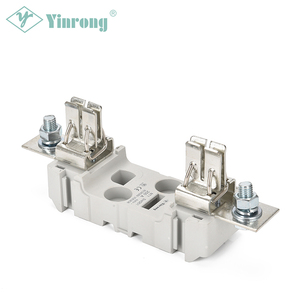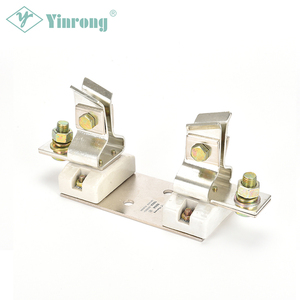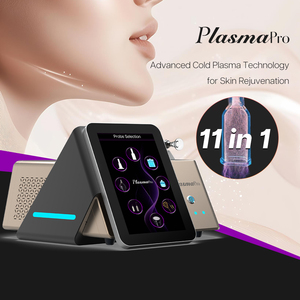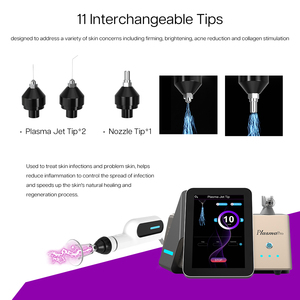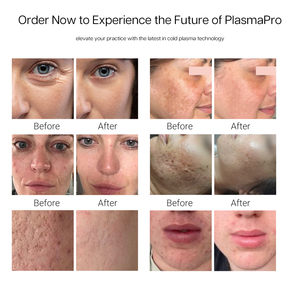Understanding Plasma Protection
Plasma protection refers to innovative safety measures and materials engineered to shield individuals and equipment from the high-energy plasma generated during various industrial and scientific processes. This form of protection is essential in applications such as plasma cutting, welding, and even in environments like laboratories, where plasma phenomena are common. The growing reliance on plasma technology in various sectors underscores the increasing necessity for effective plasma protection solutions.
Types of Plasma Protection
- Personal Protective Equipment (PPE): Includes specialized gloves, aprons, face shields, and goggles designed to protect workers from harmful plasma emissions.
- Workspace Barriers: Physical dividers or curtains made of insulating materials to protect surrounding areas from plasma operations.
- Industrial Plasma Shields: Heavy-duty panels or coatings used to protect machinery and equipment from plasma exposure.
- Plasma-Proof Fabrics: Advanced textiles impregnated with protective polymers that resist high temperatures and harmful electrical discharges.
Applications of Plasma Protection
- Manufacturing: Used in processes such as plasma cutting and welding, where operators are exposed to intense heat and radiation.
- Research Laboratories: Essential for experiments involving plasma fields, ensuring safety for researchers and equipment.
- Electronics: Protects delicate components during plasma etching processes, which is crucial in semiconductor manufacturing.
- Aerospace: Protective gear and coverings keep personnel safe from plasma interactions during tests of aerospace materials and components.
Features and Advantages of Plasma Protection
- High Thermal Resistance: Materials used in plasma protection can endure extreme temperatures, significantly enhancing safety in high-energy environments.
- Electrical Insulation: Protective gear and barriers are often designed to be non-conductive, reducing the risk of electric shocks.
- Durability: Constructed from tough, long-lasting materials that withstand wear and tear in industrial settings.
- Ergonomic Design: Advanced designs ensure comfort and freedom of movement for workers, promoting productivity without sacrificing safety.
- Versatile Applications: Suitable for a wide range of industries, making it a crucial investment for businesses across various fields.
How to Choose Effective Plasma Protection
- Assess the Environment: Consider the specific plasma applications present and evaluate the potential risks involved.
- Material Selection: Opt for materials that offer the required degree of thermal and electrical resistance based on the plasma intensity.
- Comfort and Fit: Ensure that PPE is ergonomic and fits properly to encourage usage and compliance among workers.
- Compliance with Standards: Always select products that meet safety regulations and standards relevant to your industry, such as ANSI or EN certifications.
- Research Innovative Solutions: Stay updated with the latest advancements in plasma protection technologies, as new materials and designs emerge regularly.



